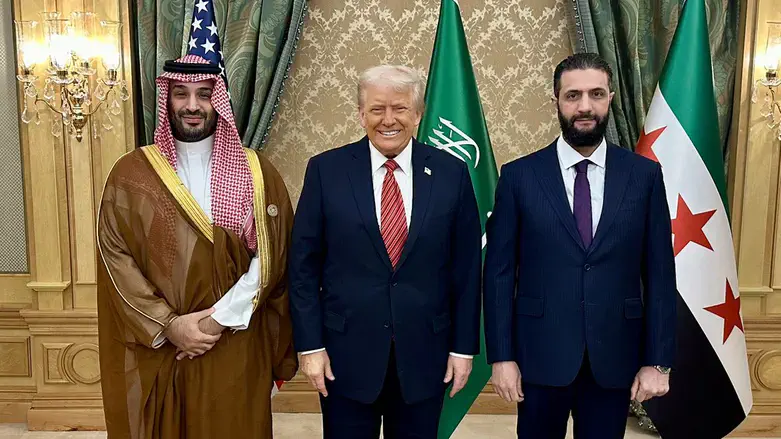
Negar Karamati - is a Bahai journalist and activist who fights for Iranian women's rights.
Donald Trump’s first foreign trip as president took him directly into one of the world’s most volatile regions—the Middle East. Far from the unpredictability often associated with his leadership style, this visit was a carefully choreographed exercise in diplomacy. Beneath the headlines and handshakes, the trip carried four key strategic messages:
-a vision for peace,
-a notable restraint from war-mongering,
-a bold reshaping of Arab-Israeli dynamics, and
-a sharpened effort to isolate Iran’s regime.
1. Pursuing Peace in a Volatile Region
Trump’s message in Riyadh was clear: peace is possible, but regional actors must lead the way. In his address to leaders of over 50 Muslim-majority nations, he called for unity against terrorism and extremism—placing responsibility on these nations to “drive out” the forces of chaos within their own borders. This was not an abstract appeal to coexistence, but a political repositioning: the U.S. would support peace, but no longer serve as the world's policeman.
This approach signaled a departure from interventionist policies and placed a premium on regional ownership of peace. It attempted to redefine the U.S. role from enforcer to enabler—reducing direct entanglements while maintaining influence.
Critics rightly questioned the lack of follow-through mechanisms. Words were strong, but concrete regional peacebuilding frameworks were lacking. The promise of peace risked being more rhetorical than operational.
2. The Lack of War-Mongering: A Surprising Restraint
Given Trump’s combative style, many expected belligerences. Instead, his message emphasized security cooperation over military confrontation. Massive arms deals—particularly with Saudi Arabia—were framed as stabilizing tools, enabling partners to shoulder their own security responsibilities.
Trump presented a version of "peace through strength" that avoided new U.S. military entanglements. His restraint stood in contrast to the wars in Iraq and Afghanistan that dominated previous decades.
3. A Quiet Shift Toward Arab-Israeli Normalization
One of the most consequential—and underappreciated—aspects of the trip was Trump’s quiet facilitation of emerging ties between Arab states and Israel. His administration understood a new geopolitical reality: Sunni Arab powers and Israel shared a common threat in Iran.
Trump leveraged shifting alliances to reshape decades-old regional divisions, sidelining entrenched hostilities in favor of pragmatic cooperation.
4. Isolating Tehran’s Dictatorship: A Unifying Threat
Trump’s message to the region was unmistakable: Iran is the core destabilizer
“Trump 2” would continue prioritizing peace and regional stability, but with even greater focus on countering Iran’s regime as the main obstacle to that peace. For Trump, a more stable Middle East is not possible without first neutralizing Tehran’s disruptive influence—through sanctions, regional coalitions, and containment strategies that stop short of full-scale war.
But the success of that strategy remains debatable. Without institutional mechanisms, long-term investment in civil society, or sustained diplomatic pressure, many of these gains remain fragile and conditional.
For Trump, lasting peace in the Middle East cannot coexist with a destabilizing, militant theocracy in Iran. Until that challenge is addressed, peace will remain elusive.